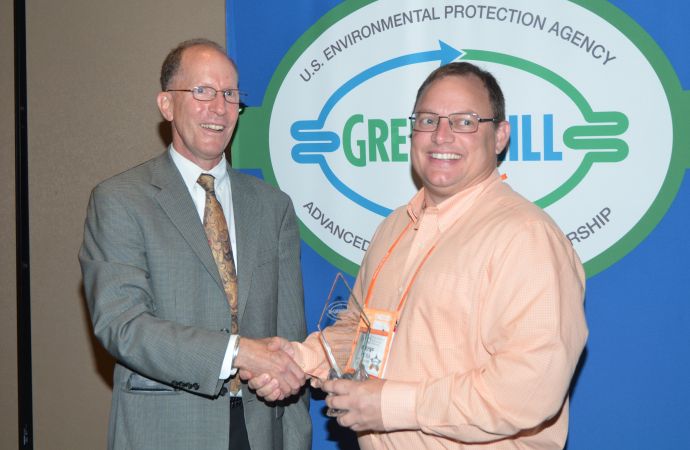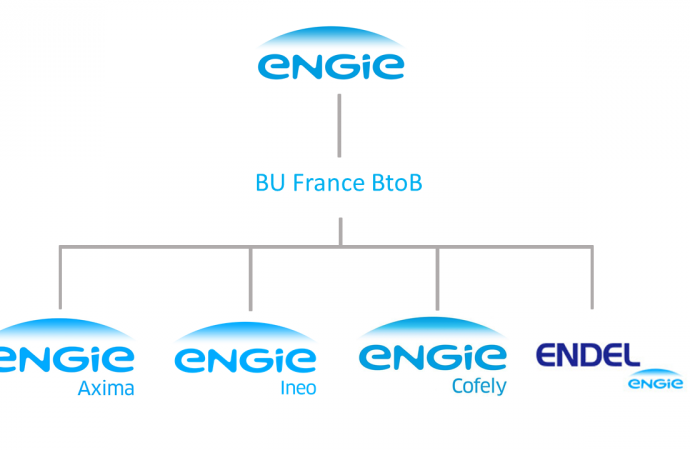The United Nations Development Programme (UNDP) has opened an invitation, until 19 September, to supply low charge ammonia chillers for central air conditioning units in Uzbekistan.

The Republican Research Centre of Emergency Medicine in the Uzbek Capital Tashkent is replacing its older air conditioners that use the ozone-depleting R22 with low charge ammonia chillers.
Isroiljon Khasanov, specialist on Refrigeration Sector Investment Development at the UNDP, told ammonia21.com that the UN body chose to bid for chillers using ammonia because they are “unbeatable in ecological terms,” noting ammonia’s zero global warming and ozone-depleting potential.
He also mentioned the high Coefficient of Performance (COP) of air conditioners that run on ammonia. “With regard to energy and cost efficiency, ammonia is the best option to obtain the required cooling capacity of 1500-1600 kW” he confirmed.
Khasanov explained that the bid is for low-charge ammonia chillers in order to minimise safety risks in relation to toxicity in case of leakage. He clarified that that the units should be “self-alarming,” hence no leak detector should be needed.
How to participate in the bidding process
In order to participate in the bidding process, applicants must register in the UNDP eTendering system in order to receive access to the information documents. The deadline to submit a bid is 19 September 2016 at 15:00 CET. The project implementation timeline is approximately 9 months. Bidders are encouraged to click the “accept invitation” button in order to receive automatic notifications if any amendments to the solicitation documents occur.
Potential for further replication in other buildings
The project aims to phase out approximately 400kg of R22 by replacing two out-dated chillers and more than 200 domestic air conditioners.
Khasanov stressed the importance of this project as a way to introduce more energy-efficient and environmentally friendly technology. p.p1 {margin: 0.0px 0.0px 0.0px 0.0px; font: 12.0px Arial; color: #323333; -webkit-text-stroke: #323333} span.s1 {font-kerning: none}
Khasanov stressed the importance of this project as a way to introduce more energy-efficient and environmentally friendly technology. “This project will hopefully be replicated in other public buildings, which will reduce power consumption generated in Uzbekistan using natural gas, hydropower and coal” he added.
Uzbekistan making progress in the phase out of HCFCs
This bid comes as Uzbekistan is making concrete progress in complying with the phase-out of HCFCs under the Montreal Protocol. Partnering with the State Committee for Nature Protection of the Republic of Uzbekistan, an UNDP programme in place since 2013 is focusing on capacity building and exchanging best practices to help the public and private sector gradually reduce their dependency on importing HCFCs.
The programme also delivered modern equipment to extract and recycle HCFCs already in use, and worked to improve the practices of maintaining refrigeration equipment and air conditioning systems to reduce leaks and improve efficiency.
In September 2015, in celebration of the 30th anniversary of the Vienna Convention for the Protection of the Ozone Layer, the government of Uzbekistan confirmed that 95.9% of ozone depleting substances had already been phased out, ahead of the schedule determined by the Montreal Protocol.
Please find further information on the project and how to register here.
Related stories



